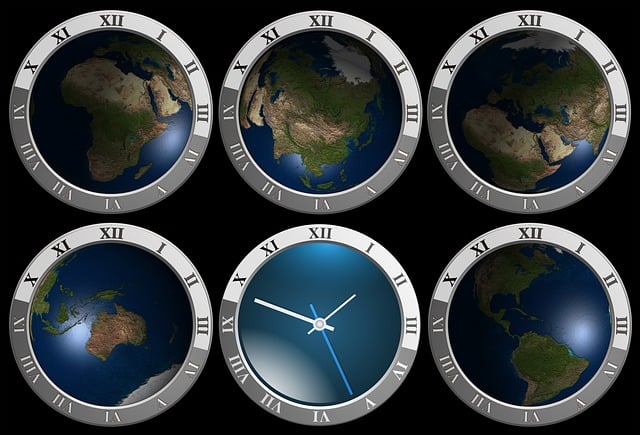Website launhed!

Time zones are regions of the Earth that have the same standard time. They are essential for coordinating activities and schedules across different parts of the world. The concept of time zones was first proposed by Sir Sandford Fleming in the 19th century to standardize timekeeping.
There are 24 primary time zones in the world, corresponding to the 24 hours in a day. However, due to the complexities of international borders, daylight saving time, and regional variations, the actual number of time zones can be more nuanced. When accounting for these variations, there are more than 38 time zones in use globally.
| Time Zone | Abbreviation | UTC Offset | Regions Covered |
|---|---|---|---|
| Greenwich Mean Time | GMT | UTC±00:00 | United Kingdom, Ireland, Portugal, West Africa |
| Central European Time | CET | UTC+01:00 | Most of Europe, Algeria, Tunisia |
| Eastern European Time | EET | UTC+02:00 | Eastern Europe, Egypt, Israel |
| Moscow Time | MSK | UTC+03:00 | Russia, parts of Turkey |
| India Standard Time | IST | UTC+05:30 | India, Sri Lanka |
| China Standard Time | CST | UTC+08:00 | China, Malaysia, Philippines, Singapore |
| Japan Standard Time | JST | UTC+09:00 | Japan, South Korea |
| Australian Eastern Standard Time | AEST | UTC+10:00 | Australia (East Coast) |
| New Zealand Standard Time | NZST | UTC+12:00 | New Zealand, Fiji |
| Pacific Standard Time | PST | UTC-08:00 | West Coast of the United States and Canada |
| Mountain Standard Time | MST | UTC-07:00 | Western Canada, United States (Mountain Time Zone) |
| Central Standard Time | CST | UTC-06:00 | Central United States, Canada, Mexico |
| Eastern Standard Time | EST | UTC-05:00 | Eastern United States, Canada, Mexico |
While the Earth is divided into 24 longitudinal sections, each representing one hour of time difference, several factors contribute to the existence of more than 24 time zones:
Here are a few examples of unique time zones around the world:
Time zones play a crucial role in global communication, travel, business operations, and daily life. They ensure a standardized approach to timekeeping, which is vital for coordinating international activities and maintaining order in our interconnected world.
© 2024 InforMantra. Contact Us | About Us | Privacy | Disclaimer